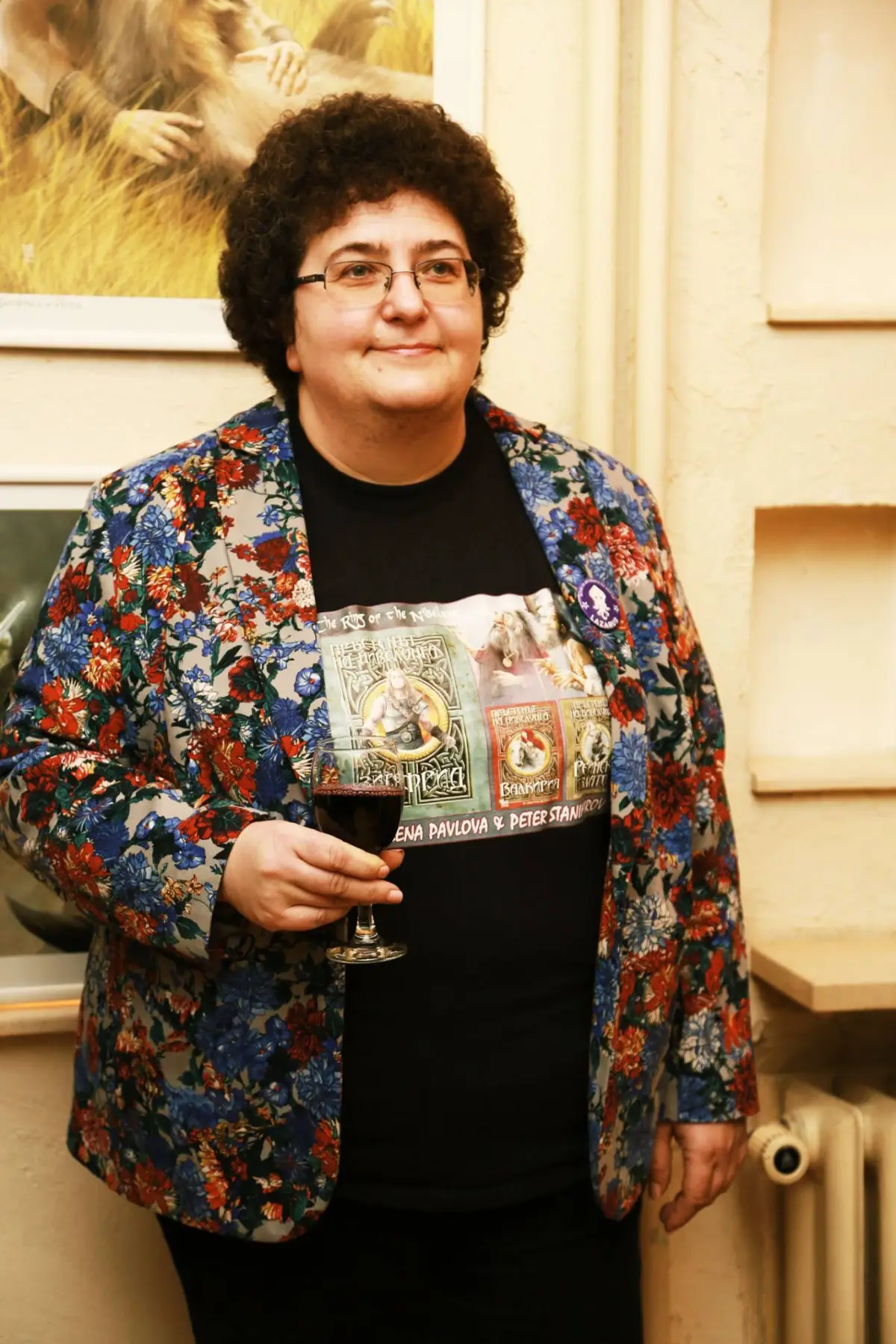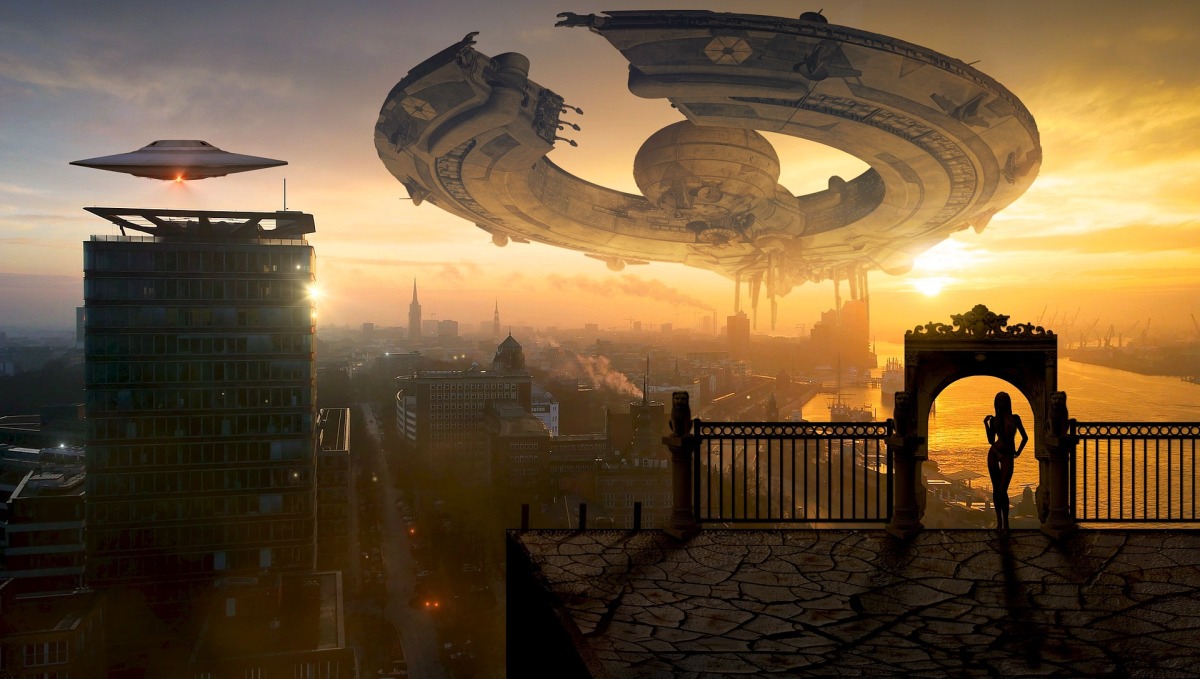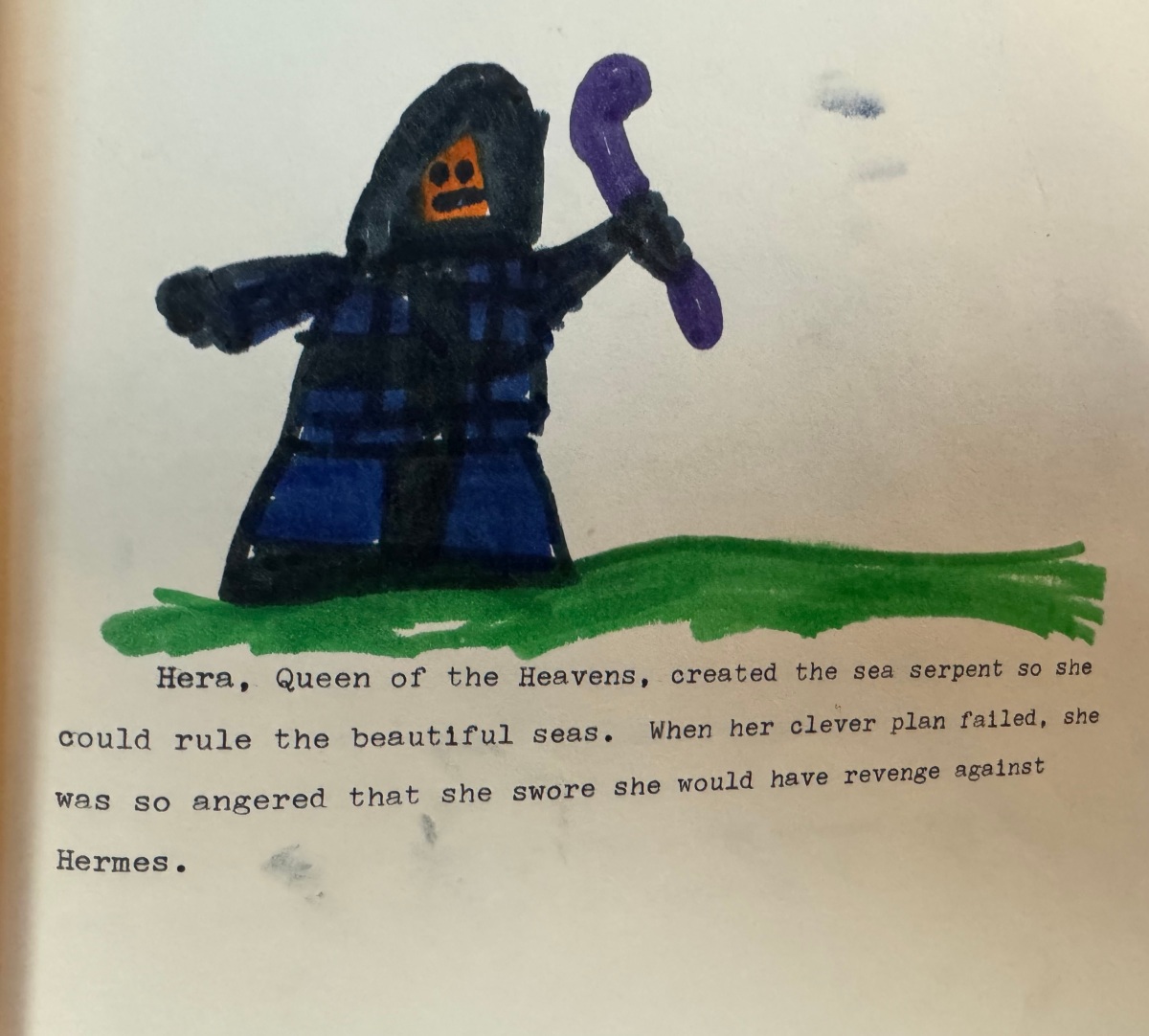Elena Pavlova has realized her dream of getting a story published in Asimov’s with her latest work, “Renting to Killers,” available in [May/June issue, on sale now!] Get to know the Bulgarian author in this insightful Q&A that discusses writers block, the hopefulness of modern SF, and more.
Asimov’s Editor: Is this story part of a larger universe, or is it stand-alone?
Elena Pavlova: The story is part of a Hellverse, containing 2 game-books, 1 novel and a few short stories, most of them published in Bulgarian in different anthologies during the years. All of these describe a post-apocalyptic world where the reality had been turned inside-out and parallel timelines collided but people still have hope and fight to keep civilization on the mend.
AE: Do you particularly relate to any of the characters in this story?
EP: In a way, I’m Davis: completely out of place in the city and between people, but well versed for my other habitat, and willing to write about it. At the time this story was written, I too was “between lives” and in a limbo of sorts.
AE: How did the title for this piece come to you?
EP: The Bulgarian title can be translated as “The Killer Lives Downstairs” but the English variant of the story is revamped and has lots of changes (the perks of self-translating—you can change and rewrite, and make a new story out of it.) This revamped story needed a new and better title, and here it is.
AE: What is your history with Asimov’s?
EP: Having a story published in Asimov’s Magazine is a childhood dream of mine and so I’ve sent a couple of pieces its way, hoping they will be worthy of publishing. Now my dream has come true!
AE: Who or what are your greatest influences and inspirations?
EP: I try to read a lot—at least 100 books yearly or more—and to constantly learn new tricks; still I’d say my greatest influences and inspirations come from the SF of the 80s and 90s, with its gorgeous, grand flights of imagination; and today’s SF&F teaches us (me, at least) to imagine not only with the head but also with the heart.
AE: How much or little do current events impact your writing?
EP: A lot, in fact. One cannot just go and write without taking into account the Real Life(™) all around us. So bits and pieces of reality make their way into my stories, and vice versa. There is a novelette I had written for a Bulgarian SF contest, and it had almost half of the world wiped out in a pandemic; then Covid-19 happened and I pulled the novelette out for, well, it was an RL(™) pandemic going on. I’m still thinking of how to better revamp this story, 4 years later.
That’s the true writer’s block for me: a peaceful, luring moment of emptiness. The best advice on that is to sit and write through that emptiness. Just write, with time 1000 monkeys will recreate Shakespeare’s masterpieces and if they can do it, so can I.
AE: What is your process?
EP: For me, it’s about the story, the journey—I’m curious to see where the idea will take me and I don’t plan beforehand. Which is funny, because Life had placed me as a writer for a computer game (Scars of Honor MMORPG) and that’s all about planning and meticulous worldbuilding and storybuilding.
Sometimes ideas are coming, crying so loud in my head that I have to put away everything else and just write that story; this was for example the case with “Renting to Killers.”
AE: How do you deal with writers’ block?
EP: I’ve come to realize that, if a story is stuck, then probably I’ve messed something up, so I go back and do revisions to try and find out the point I left the tracks of the story. It usually helps. But this is more a case of writing oneself in a corner.
Then, sometimes, it’s the mind that is stuck—there are simply no stories to tell. Not ideas. That’s the true writer’s block for me: a peaceful, luring moment of emptiness. The best advice on that is to sit and write through that emptiness. Just write, with time 1000 monkeys will recreate Shakespeare’s masterpieces and if they can do it, so can I 🙂
AE: What SFnal prediction would you like to see come true?
EP: The hopeful futures, most of all: that we can still save Earth; save ourselves and redeem a worthy, comfortable way of living for everybody—and go colonizing other worlds.
I’ll all for the Galaxy-wide Cosmic Empires. Glory to the heroes, peace to all worlds!
AE: What are you reading right now?
EP: Children of Time by Adrian Tchaikovsky. Nona the Ninth by Tamsin Muir follows on the TBR list but I’ll most probably be reading my way through the Hugo nominations in the next months. The Hugo vote requires responsible decisions.
AE: What other careers have you had, and how have they affected your writing?
EP: I’m an all round cynological judge (cynology is a science about dogs) and I have always loved and was owned by dogs. For more than 10 years I’ve been a secretary for a Cynology federation and dogs (and sometimes cats) often sneak into my stories.
AE: How can our readers follow you and your writing? (IE: Social media handles, website URL…)
EP: https://www.facebook.com/pisatelskoe.kafe — but it is kept mostly in Bulgarian. Nice pics of dogs though 🙂
And here I am on BlueSky: @hellena.bsky.social — less dogs and kept mostly in English.










